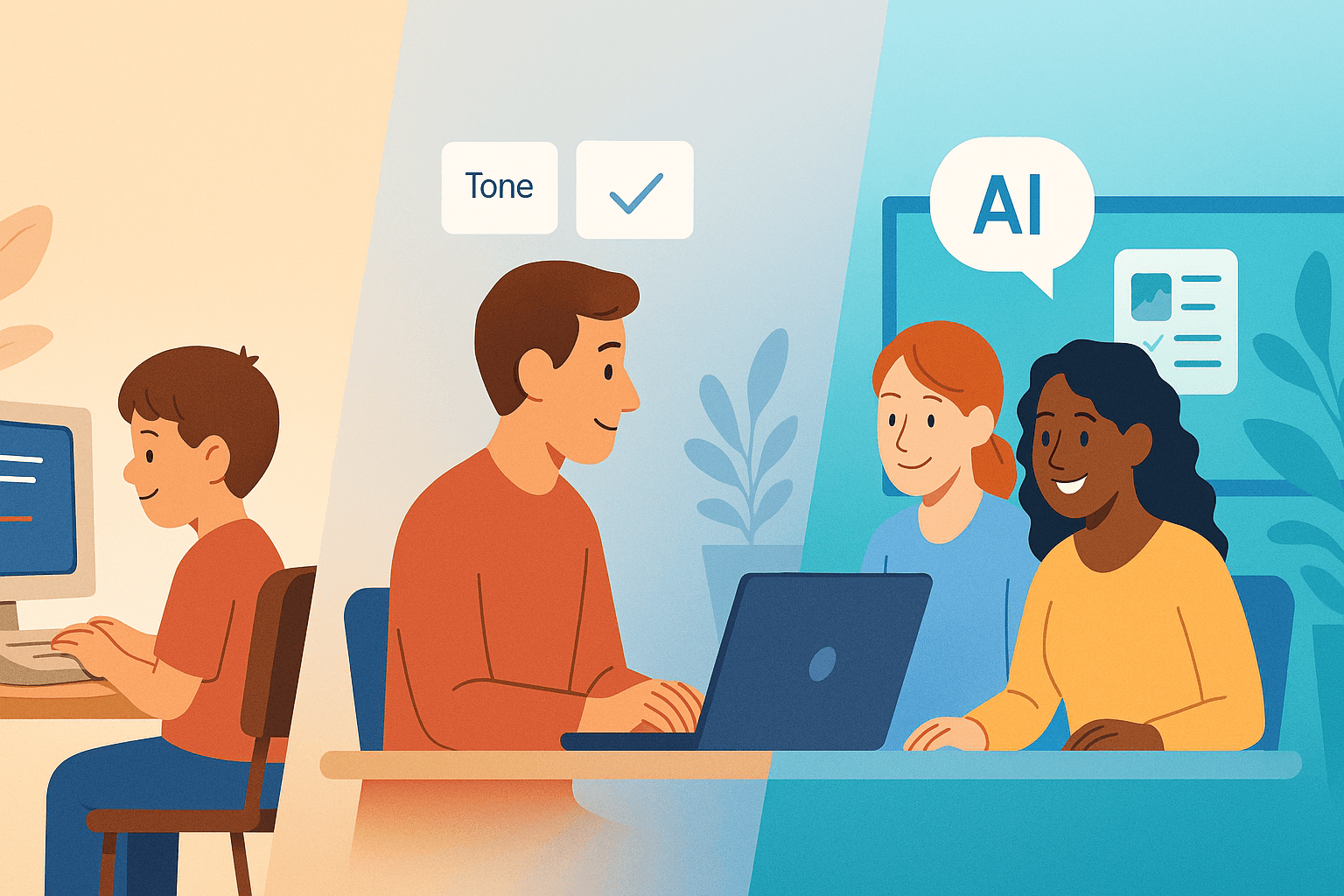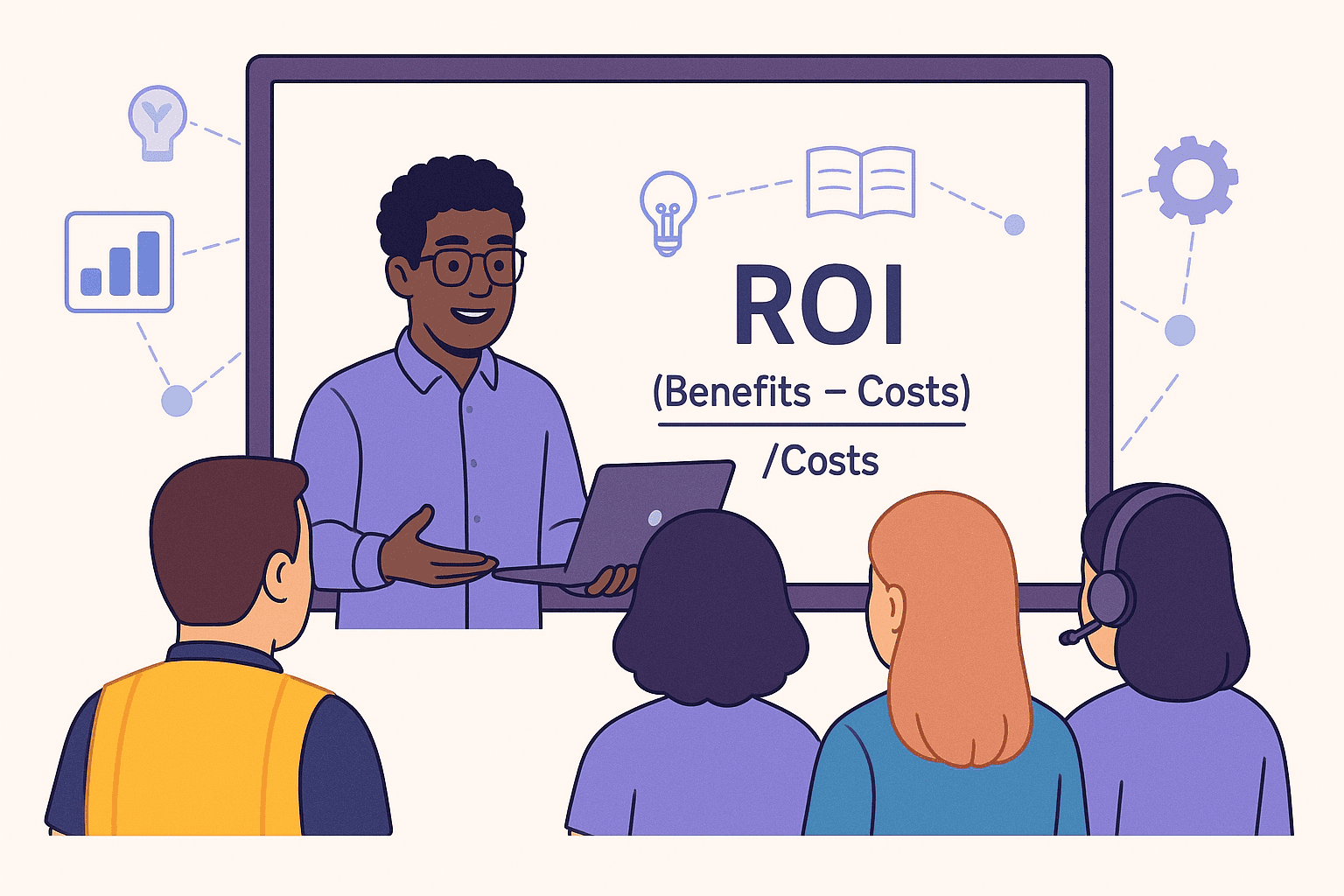5 min
Oct 25, 2022
The educational theorist Martin Packer once observed that "every existing human community must have grasped something essential about the way the world is.".
Coleman Numbers

How I Think About Instructional Design
The educational theorist Martin Packer once observed that "every existing human community must have grasped something essential about the way the world is."1
He claimed that this applies to more than the wholly unfamiliar cultures we might imagine anthropologists studying (a previously unknown or undiscovered nation on a remote island, for example). It applies equally well to groups that may be physically close to home but engage in unfamiliar practices, or have a way of experiencing the world distinct from how we typically encounter things in our day-to-day lives.
This is how I think about instructional design. In many ways, the skills associated with instructional design resemble what professionals do in many settings. Instructional designers study what students do, prepare lesson materials, and administer tests—just like what teachers do. Elsewhere, instructional designers mock up web pages, work with subject matter experts to prepare "online-friendly" content, or create interactive activities to embed in a company's website, much like a traditional UX designer.
What I Have Learned
From the time I started my first job as an instructional designer over 20 years ago, I realized that the things I could do only capture a small part about what it’s actually like to be a legitimate participant in the broader community of instructional design practice. In saying this, I hope I won't be misunderstood. There are essential skills that anyone needs to know to be successful in any job.
But instructional designers have a unique way of seeing and responding to the world that’s equally important if one is to build a complete picture of what this professional community can offer to education. Put another way: instructional designers grasp something essential about the way the world of learning is.
What, exactly, have instructional designers grasped about the world? The best instructional designers I know have an unlimited sense of people's ability to become independent and flourishing learners. Teachers are heroes and play an important role in anyone's educational success. But, as all good teachers know, their role must end so that people can take full ownership of their learning in a self-sufficient and self-sustaining way.
This is an easy thing to say, but it ends up being much harder to do in practice. It requires sensing when to intervene and when to step away. It means knowing when it's okay for someone to struggle through the effort of figuring something out on their own, and when to give them a model or demonstration that provides a list of steps they should perform to be successful. Good instructional designers not only believe in students' potential to become independent—they've grasped the nuance of how to scaffold a learning path that helps them accomplish that potential.
What Makes a Good Instructional Designer
Good instructional designers have also grasped the reality that there's no "one-size-fits-all" when it comes to learning. I imagine most educators, parents, or policymakers would agree with this. But again, saying that learning can be individualized is much easier than doing it. Most people develop a favorite educational technique, theory, or strategy they rely on again and again. Some teachers are great at lecturing, for example. Others are great at leading group discussions. Others are very skilled at organizing experiential learning, and the list goes on. It can be very hard to move away from group discussions when that's what you do best, but it turns out that something else (like students completing an independent project) would better contribute to their long-term success. Situational realities, like money, time, or the lack thereof might also keep us from truly individualizing learning.
In addition, the popular discourse around individualized learning has become very shallow. Too many people have the mistaken impression that individual learning is about watching a lot of 2-minute videos with some kind of "choose your own adventure" logic leading students from slide to slide. Instead, true individualization accounts for individuals’ talents, skills, interests, and prior experience to support their learning as much as if they had a one-on-one tutor who knew them well enough to meet all of their personal needs.
Instructional designers also embrace an extremely experimental attitude about education. They accept that continual improvement means breaking a few eggs now and then. It's okay if something goes wrong in a classroom (or other learning setting) today if that means we can learn what we can do better tomorrow.
Instructional designers deploy the right educational technology for the current circumstances in which they find themselves. Just like they avoid having one "go-to" instructional strategy, they avoid relying on a "pet" technology that they claim can solve every problem. Instead, they pay careful attention to the affordances of individual technologies and are just as comfortable removing technology from an educational setting as adding ed-tech.
All of these examples suggest certain "standards of excellence" instructional designers have adopted, and against which they intuitively evaluate the situations they encounter, as much as they deploy any particular skill or recite any individual fact about education. These standards can inspire anyone involved in education, whether they have formal training in instructional design or not.
The Hopeful Future of Instructional Design
Imagine what the world could be like if all of us—parents, educators, policy makers, students, and citizens—believed in the unlimited potential of students to become truly independent learners, if we used whatever educational strategies and technologies were appropriate for the need instead of only relying on what we were comfortable or excited about, and if we were more willing to experiment and adjust our educational approaches?What might we be able to accomplish if we not only believed these things, but put them into practice?
References
1. Packer, M. (2018). The science of qualitative research. Cambridge University Press.



